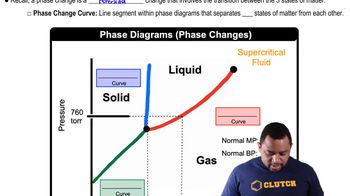Here are the essential concepts you must grasp in order to answer the question correctly.
p Orbitals
p orbitals are a type of atomic orbital that have a distinct dumbbell shape and are oriented along the x, y, and z axes. Each p orbital can hold a maximum of two electrons with opposite spins. The three p orbitals (px, py, pz) are crucial for understanding the arrangement of electrons in atoms and their chemical behavior.
Recommended video:
Electron Orbital Diagrams
Electron Density and Color Representation
In quantum chemistry, the colors in p orbitals often represent the probability density of finding an electron in a particular region of space. Different colors can indicate areas of high and low electron density, helping visualize the shape and orientation of the orbitals. This representation aids in understanding how electrons are distributed around the nucleus.
Recommended video:
Phase of Orbitals
The different colors in the lobes of p orbitals can also indicate the phase of the wave function associated with the electrons. In quantum mechanics, orbitals can have positive and negative phases, which affect how they interact with each other. The color coding helps illustrate these phases, which are important for understanding bonding and molecular interactions.
Recommended video:
Phase Changes in Diagrams
 Verified step by step guidance
Verified step by step guidance


